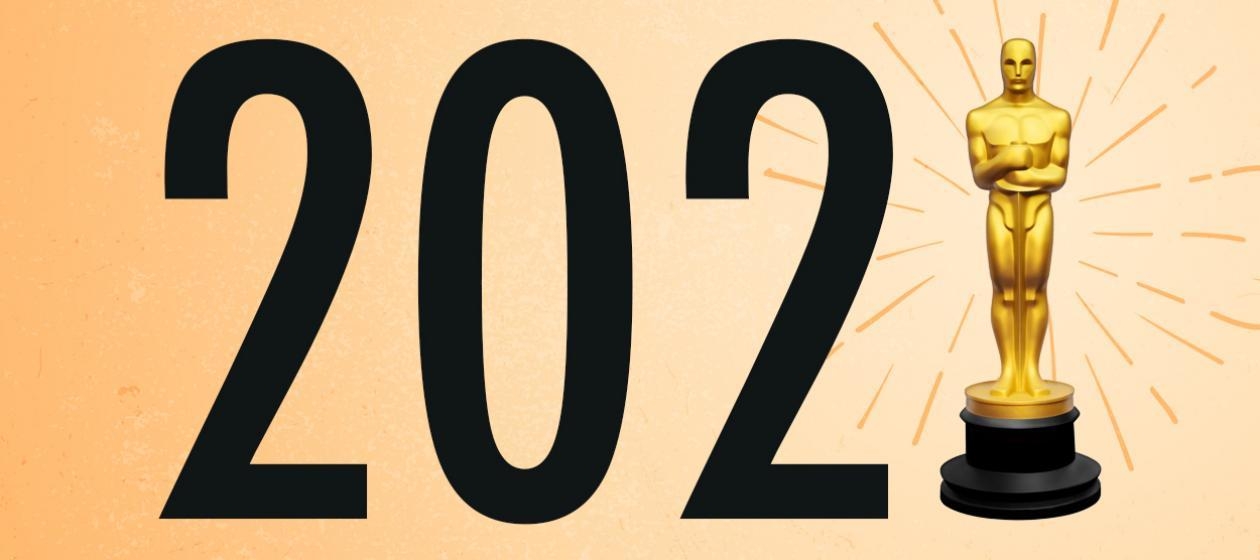Top 5 Needed Chess Strategy for Grandmaster - How to Win in Chess Tournaments
 |
| Top needed strategy techniques for grandmaster chess. Photo: The Conversation |
There is really good news if you want to become a strong chess player, with learning chess strategy! You can improve your strategy from beginner to master level. It can be done in one to five years depending on your starting level and the time that you have for study, as cited by Chess Coach Online. Then, it is of first importance to follow a structured, long-term training program. This should be based on both strategy lessons and positional exercises.
The following article lays out some ideas and tips about chess strategy for grandmaster chess:
Chess Strategy 1: All the pieces in their best positions
One of the most important chess strategies that grandmasters use is to place each of their pieces in their best possible positions. They are grandmasters because they do that very fast. On the other hand, their weaker opponents do not always know what is the best place for each of their own pieces.
Although the two armies are of the same quantitative value, the pieces of the master seem to be stronger. Why's that? Because they know to place them in safer outposts, with more activity, completing more tasks and with better cooperation with the other pieces. After a few moves, the pieces of the grandmaster seem to cover the whole board and control all the key squares.
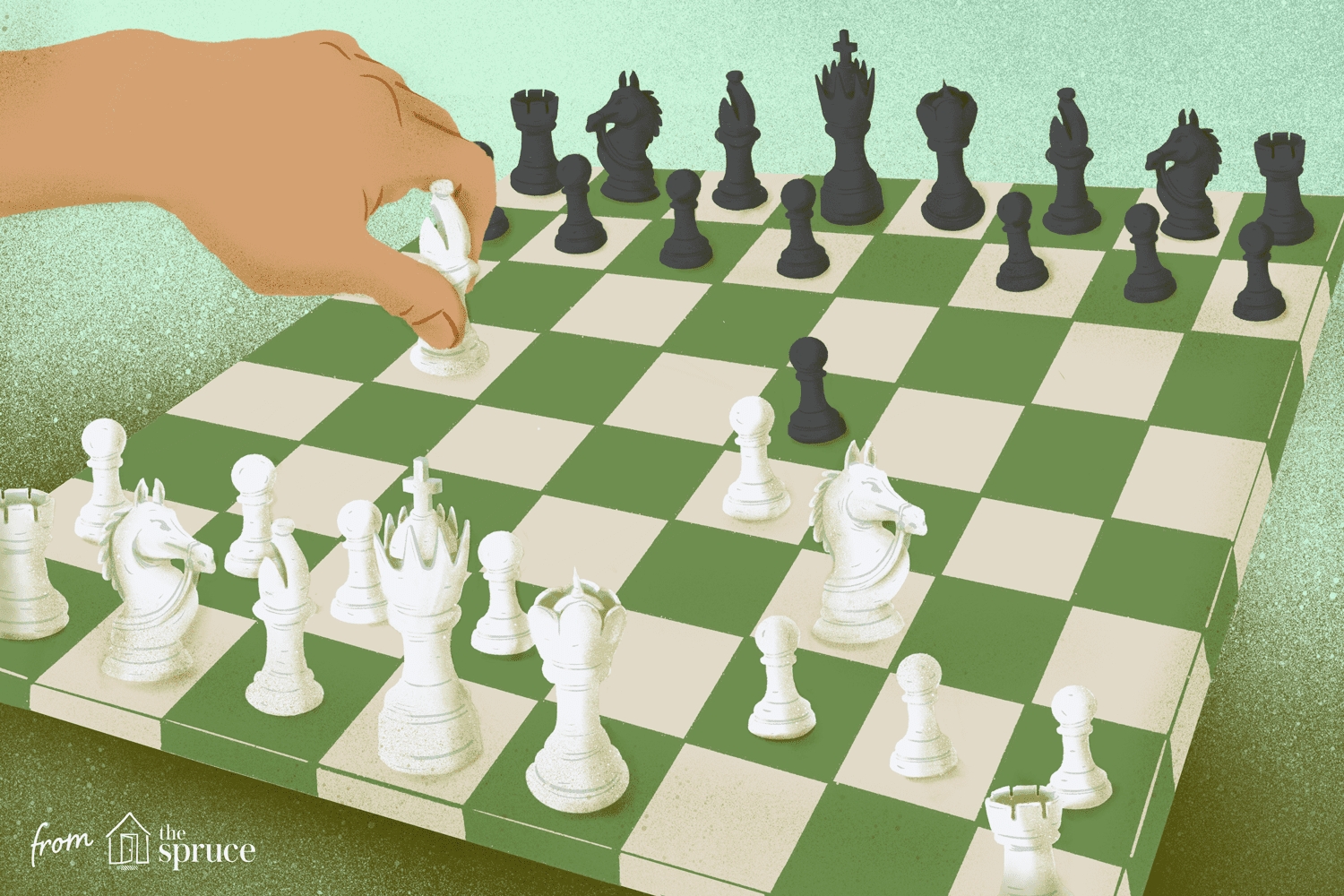 |
| Photo: The Spruce Crafts |
From the opening, the master will develop all his pieces fast and in the best possible positions. In the middlegame, the pieces will collaborate in a harmonious way to create an action plan of the play. At the same time, the grandmaster's pieces hamper the opponent's piece-coordination.
The chess master will improve the position of their pieces to the best strategic position before the final strike. If you want to see great examples, study the games of Anatoly Karpov. You will see that he prepares the final strike with very meticulous precision. He brings all his resources to the right places. This way, an opponent will have almost no chance.
| A good chess strategy is to imagine the best possible position for each of your pieces and then to try to bring them there. |
Chess Strategy 2: Strong control over the centre
From the centre, the pieces go faster and easier to any place on the board, and so the chess master will always try to control this area.
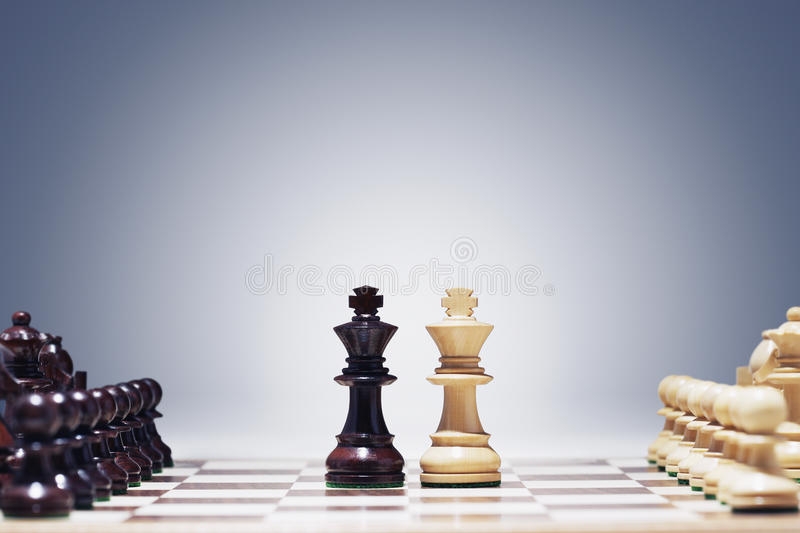 |
| Photo: Dreamstime |
In the opening and middlegame, the master will try to control at least 2 out of 4 squares in the centre, and as many squares as possible in the large centre (the c3-c6-f6-f3 square). In the endgame, the king is usually better to close to the centre, where he becomes as strong as a minor piece, as cited by Chess Master School.
Every active operation will take into consideration the centre. Before the master will start an attack on a flank, he/she will secure the centre first. If the other player starts an attack on a flank, a very strong reaction is to counter-attack in the centre.
| Good control over the centre is a must if you want your plans and strategies to work. |
Chess Strategy 3: Double attack, multiple purpose moves and flexible strategy
A good chess player can defend against an attack. However, it is much more difficult to defend against two or more attacks simultaneously.
The most basic example in chess is the rule of the square in endgames, where the king moving diagonally approaches two points simultaneously.
The grandmaster knows how to make plans of play and find moves with multiple purposes. Then, while you try to defend against his strongest threat, you'll weaken your defense on the other part of the board.
Alexander Alekhine, former world chess champion, was well known for his skilful ability to play on both flanks of the board. Study his strategy and you'll gain a lot.
This strategy is also used together with the fourth one – creating two weaknesses that are afterwards attacked at once (the double attack).
| A very powerful chess strategy is to choose moves and plans with multiple purposes or threats. So, opt for a flexible strategy whenever possible. |
Chess Strategy 4: Provoking weaknesses and mistakes
But what if there are no weaknesses? In that case, the grandmaster will do anything to provoke them!
To create weaknesses in the opponent's camp, the grandmaster plays fine chess strategy, using all his creativity and tricky techniques. The strategy of weakening squares, pawns, or the opposing king's position is a real grandmaster's technique. We teach the complete strategy of provoking weaknesses in our principal chess course, the Grandmaster Package.
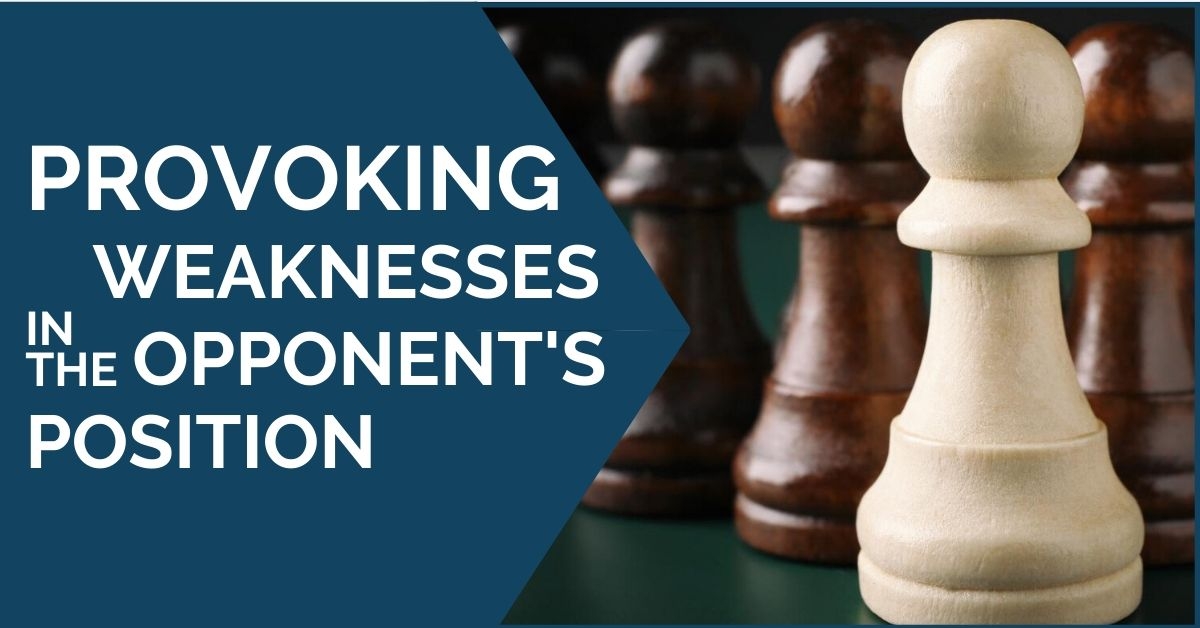 |
| Photo: The Chess World |
You'll often hear among chess players something like this: "The position was equal but my opponent won by luck. If I had not played that wrong move, the game was a draw." Actually, the mistakes are provoked by a cunning technique of play or, simply, by better management of the nervous tension.
A treacherous strategy of the grandmasters is to use even their opponent's fear! The grandmaster will place his pieces in positions that look threatening, but which actually lack any real threat. Their opponent will think that the grandmaster must have something and will play unnecessary moves that, in fact, only weaken their own position.
It is a war on the chessboard and nervous tension plays an important role. Nerves of steel have assured Magnus Carlsen supremacy in the chess world.
| Use a fine chess strategy to provoke weaknesses in your opponent's camp. If that is not enough, make use of any strategic trick to outsmart your opponent. |
Chess Strategy 5: Suffocate opponent's resources
Also called prophylaxis, this strategy is a real art.
All world champions were amazing at 'suffocating' their opponents. Look at the games of Capablanca, Botvinnik, Petrosian or Karpov and you will see many formidable examples of 'simple' play. Their games may look simple and logical, but what is behind that simplicity? It is an advanced prophylactic play. Their opponents had not even touched the ball at all. The world champions knew how to restrict their opponents' counter-play to the minimum and then they were free to execute their plans with that characteristic 'simplicity'.
| NB: Do not let your opponent make his/her own plans. Obstruct their active ideas as early as possible and then you'll be free to execute your plans! |
| Chess is a strategy game, and the more strategies you know and understand, the better your chances at outsmarting your opponent, Chess Coach Online cites. When combined with good playing tactics, advanced chess strategies can help you gain an edge and win the game. Chess strategy involves setting and achieving long-term goals in the game, and tactics require you to focus on the immediate move. They always go together, since strategic goals are typically achieved with good tactics, and tactical opportunities are based on a previous strategy of play. Chess lessons can be a great way to develop advanced chess strategies and improve your tactics. |
 Top Apps for Learning and Playing Chess from Your Phone or Tablet Top Apps for Learning and Playing Chess from Your Phone or Tablet In this day of age, when chess books and chess magazines are no more preferred training sources, internet emerges as a "chess dictionary" for beginners. ... |
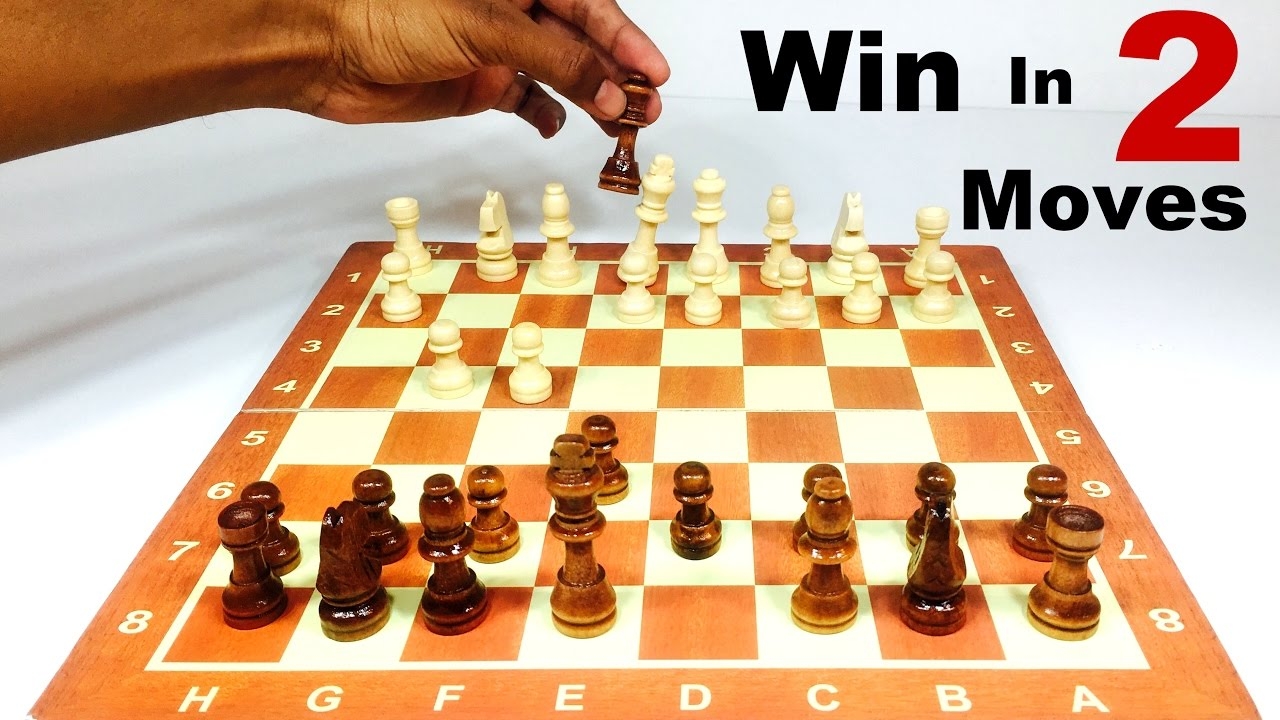 How to Win a Chess Game in Just some Moves? How to Win a Chess Game in Just some Moves? Winning a chess game in just 2 moves! It seems impossible, right? But we're going to show you how to win a match in just ... |
 Following these 12 Tips to Become a Chess Champion Following these 12 Tips to Become a Chess Champion Check out these 12 tips and strategies collected by KnowInsiders to master a chess game and dominate your rival. |

